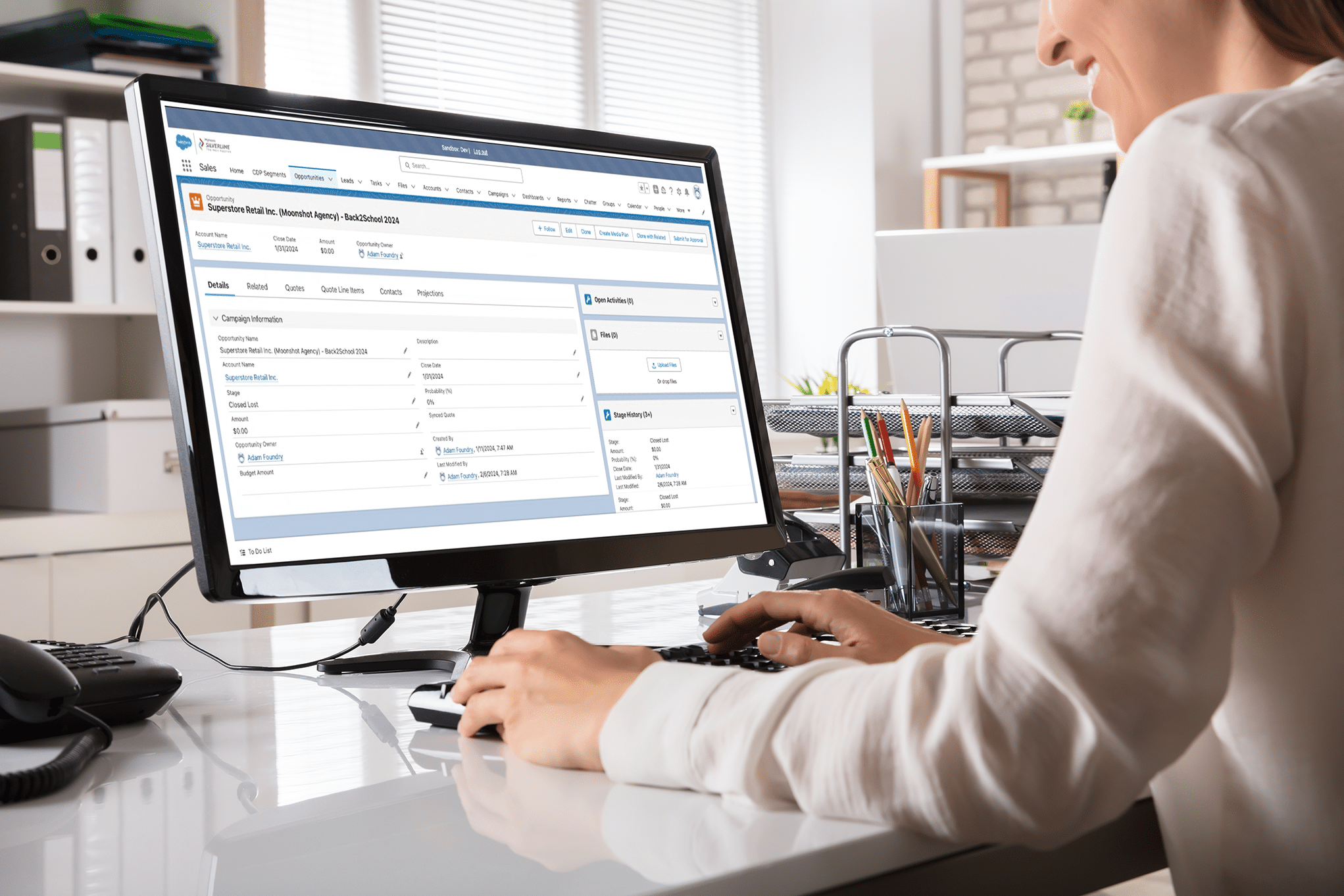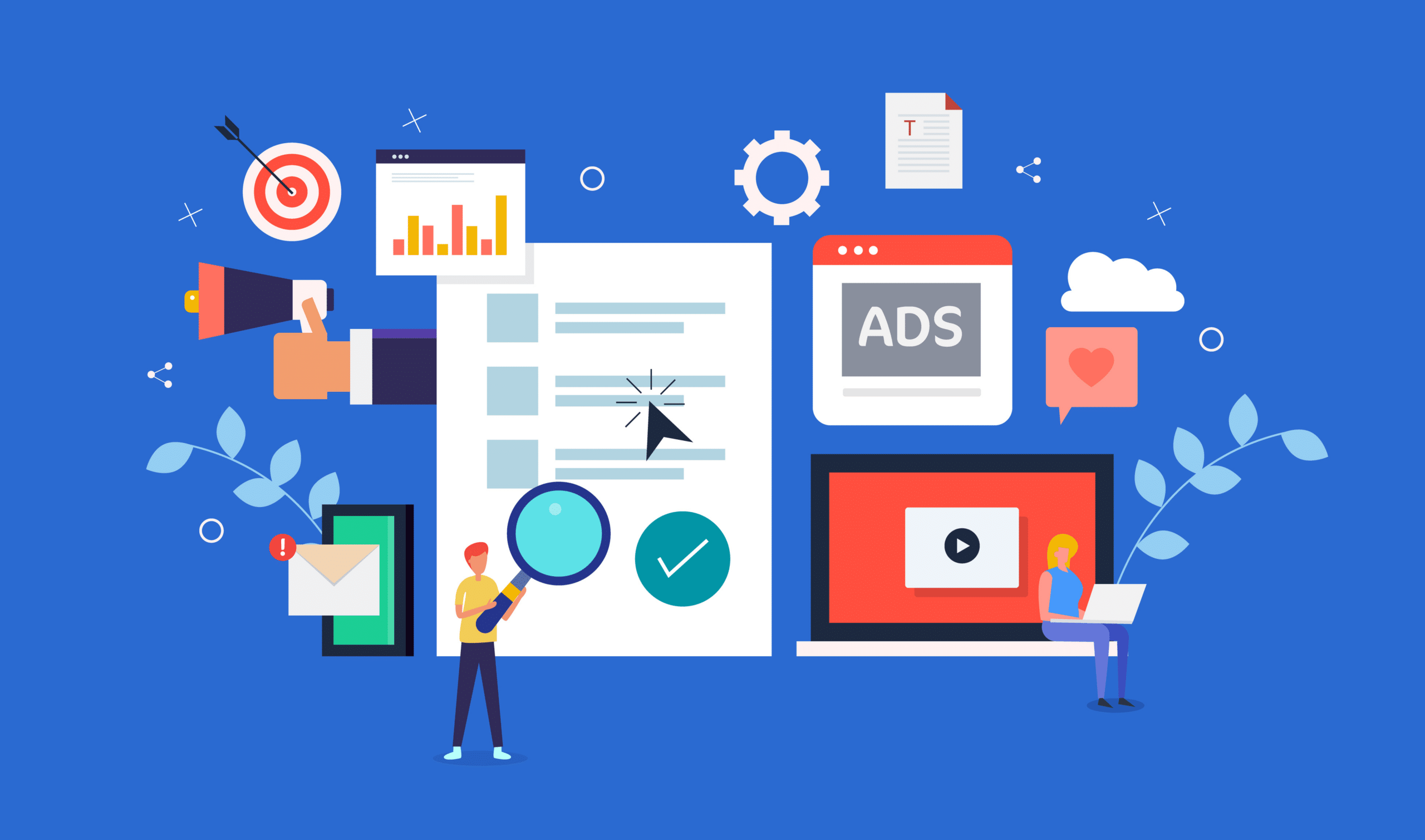Ad Age holds its annual Small Agency Awards to honor small, independent agencies with teams of 1 to 150 people that are not part of the behemoth holding agencies like WPP or Interpublic Group. In the past couple of years, Ad Age has put its awards focus on small agencies that have excelled despite the challenges of COVID-19. The winners have confronted issues with layoffs, diversity, remote work, and so much more, yet have not let their small size hold them back from besting the competition.
Some may perceive being small as a disadvantage, yet these agencies excel at competing with the big leagues. Take Domino’s, which last year ended its 13-year partnership with mega agency Crispin Porter + Bogusky (CPB) and moved its creative advertising business to WorkInProgress. Who is that, you may ask. Well, it’s a small, independent agency.
One of the worst-kept secrets of smaller agencies capturing business from major brands is their ability to leverage automation. Being small and agile, they are able to ditch antiquated systems and take the steps to transform their company to be a major player on the advertising industry stage.
Why automation matters at advertising agencies
The advertising industry has been heating up as brands that had paused their advertising spending earlier in the pandemic are now increasing it. Areas such as connected TV and e-commerce marketing accelerated during the pandemic as consumers stayed at home, and are expected to maintain momentum. Podcast advertising has taken off, and it is forecasted that the market will exceed $2 billion in 2022 and be over $4 billion by 2024.
But running advertising on traditional as well as these newer formats requires an agency to be able to adapt. For example, podcast advertising is being driven by automated advertising technology to reach target audiences across genres better. Agencies need the right automated systems in place in order to meet the demands of their advertising clients.
Having automated systems can save agencies both time and money. The initial investment in automation is often not very expensive compared to the long-term ROI that can be achieved. The additional benefit is that agency employees will have more available hours to dedicate to important projects rather than tedious tasks.
And employee satisfaction is more important now than ever as the Great Resignation hits small and large advertising agencies alike. With such a revolving door of employees, having an automated system in place helps to maintain a status quo. All the necessary information stays in the system, such as insertion orders or campaign dates, so if an employee were to leave, the data wouldn’t go with them.
According to research by Zapier, 74% of workers say they’d prefer to stay in their current position than pursue a new opportunity. But that number increases to 90% for those who started using automation in the last 18 months. Employees find that using automation software helps them feel happier when they can focus on tasks they enjoy (59%) and reduces burnout by taking on their recurring tasks (38%).
The crawl/walk/run to agency automation
The key to success with agency automation is not going too big all at once. You have to crawl before you can walk and you have to walk before you can run. You want to get employee adoption early on to ensure quick wins. Measure the risk and impact and build your benchmarks on the return to take you into the next phases.
Take these steps at your agency throughout the automation phases:
- Define your internal and external goals with automation
- Evaluate your current processes and identify which ones require automation
- Regularly review your new processes and identify any gaps or pain points that need fixing
- Assess your team’s knowledge base and see if additional training is necessary to expand your automation processes
- Identify the future plans for your agency and how automation will be integrated within them
Whether you’re a small agency focused on creative or a large trading desk, having Salesforce Media Cloud can help you automate from pre-sale to sale to post-sale. Salesforce Media Cloud is designed to accelerate the transition to customer-centricity with a unified platform. It enables agencies to attract, engage, and support customers from anywhere, improving operational efficiency across the media value chain with industry-specific processes, data models, integrations, and UX templates.
Advancing beyond the crawl stage
Salesforce Media Cloud streamlines advertising agencies’ workflows, including for pitch presentations, media plans, creative development, reporting, and invoicing. It automates your legacy manual processes within these areas of the crawl stage:
- RFP and pitch management
- Pipeline management
- Revenue forecasting
- Sales reports and dashboards
- Deal support and research requests
Once you’ve taken those first steps to automate your agency with Salesforce Media Cloud, you should start thinking about the subsequent phases in your Salesforce journey. The walk and run phases enable agencies to build a closer relationship with their customers.
Salesforce Media Cloud provides a “concierge experience” to customers with next-level collaboration for small agencies looking for a leg up. Use your walk and run phases to enable automation across these processes:
- Campaign execution tracking
- Advanced campaign analytics
- Integrated campaign reconciliation
- Trade desk management
- Integration with downstream ad technology systems
Don’t forget to look at the processes that also serve your internal teams, especially for small agencies that are often made up of distributed workers with no brick-and-mortar headquarters. Slack is an easy way to add more automation to your agency since it connects all your teams and tools and integrates with Salesforce Media Cloud. A tool like Slack helps build team collaboration, quicken feedback and approvals, and improve communication with outside vendors and partners.
How Silverline can help drive automation
By leveraging the power of Salesforce Media Cloud, agencies can work with their clients to deliver meaningful customer experiences and more efficiently bring insights together. Whether you are a boutique shop or a large, international agency, our Silverline team can show you how to get the highest return on your Salesforce investment and provide valuable insights vital to understanding your clients. Learn more about how we can help you, wherever you are in your automation transformation, and show you exactly which applications your agency needs to compete with the best.




